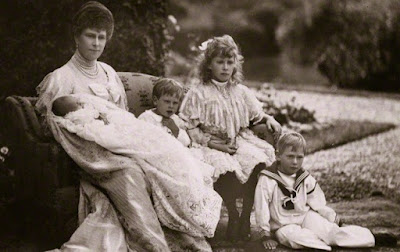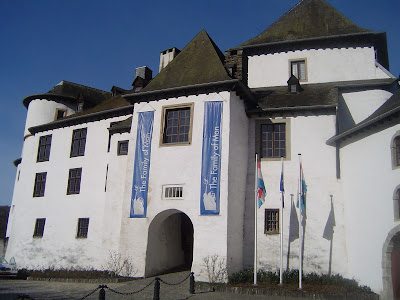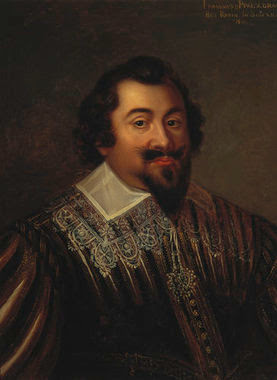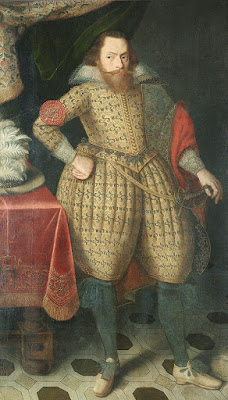OTD 31 March 1900 Birth of Prince Henry, Duke of Gloucester, a great-grandchild of Queen Victoria

On 31 March 1900 Prince Henry, Duke of Gloucester was born in York Cottage at Sandringham (United Kngdom). Family Prince Henry, Duke of Gloucester was the third son of King George V of the United Kingdom and Queen Mary. He was born during the reign of his great-grandmother, Queen Victoria. His father was then the Duke of York, the eldest surviving son of the Prince and Princess of Wales (later King Edward VII and Queen Alexandra). His mother was the Duchess of York (later Queen Mary), the only daughter of the Duke and Duchess of Teck. At the time of his birth, Prince Henry was fifth in the line of succession to the throne, behind his grandfather, father and two elder brothers. Baptized Prince Henry was baptized at the private chapel of Windsor Castle on 17 May 1900 by Randall Thomas Davidson, Bishop of Winchester. He had famous godparents inter alia: - Queen Victoria, his great-grandmother; - The German Emperor, his cousin, for whom Prince Albert of Prussia


